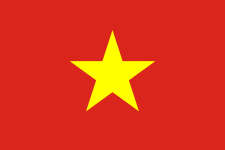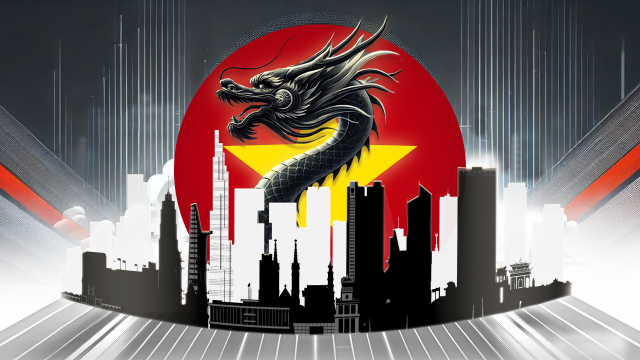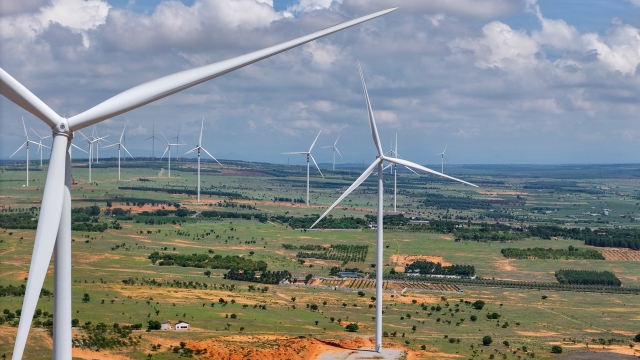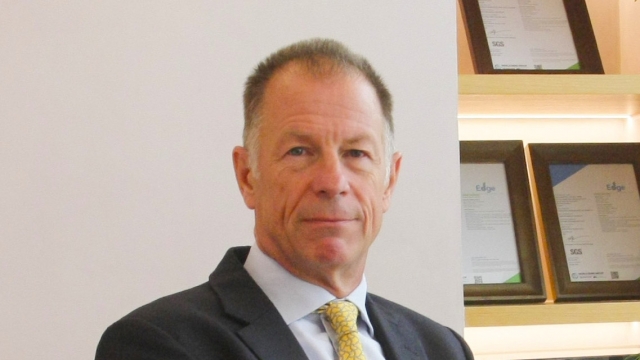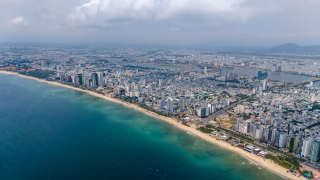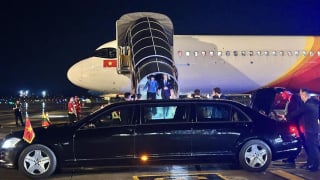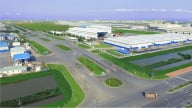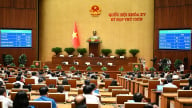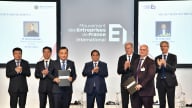Leader Talk
Finding ways to improve allure for central regions' tourism
The Central Coast and Central Highlands still lack international amusement parks, night entertainment services, art shows or casinos in order to beef up its tourism development.
On the sideline of the Conference on Tourism Development in Central Region and Central Highlands held recently in Thua Thien Hue province, Sun Group chairman Dang Minh Truong shares his view and recommendation on the two regions' tourism development.
At the conference, you emphasized the importance of investment in transport infrastructure for developing tourism. However, almost every province in the Central Region and Central Highlands has an airport, so do you think that building more airports is necessary?
Dang Minh Truong: Transport infrastructure such as airports, seaports or highways are prerequisite to tourism development. As such, if we can not have adequate infrastructure, we can not develop tourism.
Let's look at the situation of airports in the Central Region and Central Highlands. It is clear that Danang airport is overloaded while Thua Thien Hue province's Phu Bai international airport is waiting to be upgraded. Phu Yen, Dalat and Nha Trang airports all need to be upgraded to be more spacious and modern.
Vietnam now has 22 international and domestic airports of which the total capacity is just equal to the largest airport of Bangkok in Thailand, Changi in Singapore or Kuala Lumpur in Malaysia.
In term of quantity, Indonesia has up to 683 airports and each island has at least one international airport. Java Island even has five airports.
Vietnam’s air traffic achieved an annual growth rate of 16.64 per cent in term of passengers but in the last 40 years, only two new airports have been built, including Phu Quoc and most recently Van Don. Most other airports have been upgraded from military airports with limited land fund, making the ability to expand very slight.
Moreover, international visitors has grown over 30 per cent annually in the last few years and as a result building new airports or upgrading the available one is very urgent.
There is currently not any special international passenger seaport in Central Region and Central Highlands. What can Sun Group do to change the situation?
Dang Minh Truong: Singapore is a model for our Central Region and Central Highlands to learn about making use of marine tourism resources and developing tourism synchronously.
Although Singapore's coastline is less than 200 kilometres, it is one of the world's leading countries in shipping with well-invested ports, attracting millions of visitors from all over the world.
Visitors will be impressed with the excellent facilities and services of Singapore Cruise Center port that is not far from Sentosa island, which is home to the world's largest aquarium, a luxury golf club, Universal Studios Singapore and a number of world-class hotels as well as Resorts World Sentosa.
The close connection between transport infrastructure and the synchronous, modern tourism product chain has help Singapore develop tourism rapidly.
Considering what has been done in Quang Ninh province, including the investment in construction of a new passenger seasport and a new airport to develop tourism, I believe Sun Group can contribute to changing the status of sea tourism in potential areas like Central Region and Central Highlands.
What do you think about the opinion that tourism infrastructure is a strength of the Central Region and Central Highlands over the years because there are not many places in Vietnam having as many hotels, resorts and entertainment parks as in Danang or Nha Trang?
Dang Minh Truong: I do not deny that these cities are spotlights in tourism development of the region. However, considering the potential of the whole region and the tourist demand, we can see that many tourist cities like Dalat have just a few high-end hotels.
Let's look at Orlando in the US. The city has a population of over two million and an area of 294.6 square metres that is only half of Danang's. Orlando is called "Theme Park Capital of the World" with dozens of parks and zoos. In 2017, Orlando welcomed up to 72 million visitors.
The Central Coast and Central Highlands of Vietnam lack international amusement parks, night entertainment services, world-class cultural and art shows and marine amusement parks to take advantage of coastal areas. These regions lack high-class entertainment services such as casino and do not have a remarkable duty-free shopping centre.
The strategy of building amusement parks, world-class resorts and focusing on developing new tourism products that make a strong impression like Danang's Golden Bridge will attract more visitors to the region and make them spend more and stay longer.
The strategy like that is Sun Group's strengths and we look forward to making a small contribution to the region.
Why are you pushing for visa exemption and "opening the sky" at the conference?
Dang Minh Truong: The limitations in visa policies make us difficult to attract more visitors having high spending capacity, the Indian for example. Indian tourists spend over $13 billion every year abroad that is expected to reach $91 billion in 2030 and they rank second in the world, after Chinese, in term of tourists' overseas spending.
However, Vietnam has not granted visa exemption to Indian tourists and we have not organized any tourism promotional activities in that country.
The number of charter flights to Vietnam, especially to the Central Region, is increasing but these flights can only stop at one destination and then return to the departure point.
If charter flights are allowed to take passengers to other places, it will increase visitors’ experience and length of stay. We should take this point into consideration because the visitors in charter flights have high spending ability.
What are your recommendations on how to improve the tourism promotion for the Central Coast and Central Highlands in particular and in Vietnam in general?
Dang Minh Truong: Vietnam currently spends about $2 million a year in tourism promotion, the lowest level in the Southeast Asian region. Australia, England or Southeast Asian countries such as Thailand and Malaysia spend hundreds or tens of millions of dollars. In addition to the limited budget, promotion methods and contents are also poor and lack of new ideas.
In order to make the tourism promotion in Vietnam in general and the Central Region and Central Highlands in particular more effective, we suggest the mechanism of mobilizing resources from the private sector.
What can private sector do to help develop tourism in these regions?
Dang Minh Truong: It need a huge funding to eliminate the bottlenecks of Central Region and Central Highlands tourism such as transport infrastructure, tourism infrastructure or promotion activities. Mobolizing private sector investment is an appropriate solution.
We hope that the local governments will create favorable conditions and open mechanisms for private enterprises to contribute to tourism development. Many private businesses taking part in tourism sector will produce huge effectiveness.
Thank you for the interview!
CEO Sun Group: Desire to make Vietnam world's leading tourist attraction
When organic becomes an inspiring wellbeing lifestyle
For Tyna Huynh, co-founder of Drinkizz, organic is not just a food choice but a way of life that fosters a deep connection between people, nature and community.
Garment factories embracing respectful workplaces
Embracing respectful workplaces could very well be the key to unlocking a more prosperous future for Vietnam's garment industry.
Vietnamese corporates in new era: The reborn dragon
Vietnamese businesses have had a long journey with great achievements, and this path will continue and blossom in years to come.
The future of jobs in AI era
While some jobs are expected to be replaced by emerging AI applications, the technology is broadly seen as a catalyst for positive transformation in the workforce.
Financing Southeast Asia’s energy transition
The energy transition is bringing forth new challenges, particularly in refining financial systems.
Few countries are better placed than Vietnam for consistent robust growth
Alex Hambly talks about investment opportunities in Vietnam following his appointment as chief investment officer (CIO) of VinaCapital.




